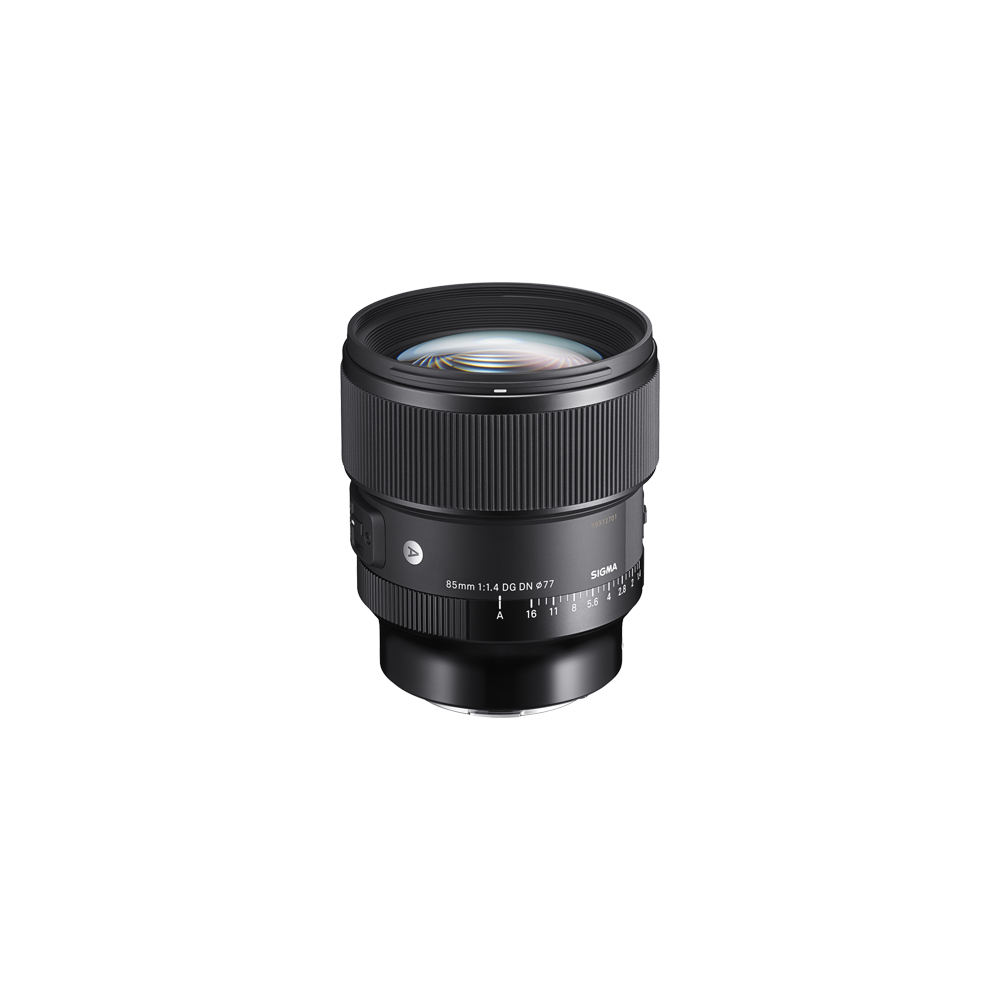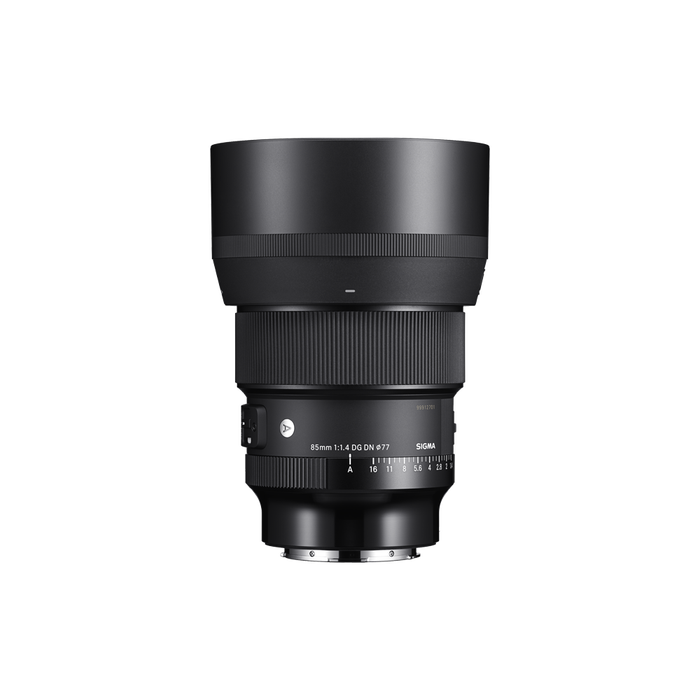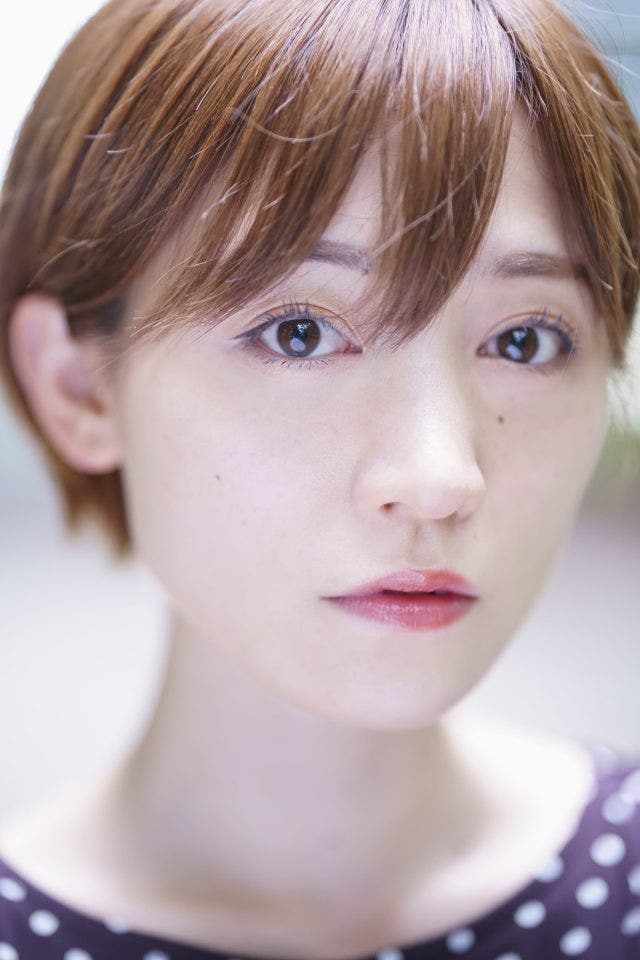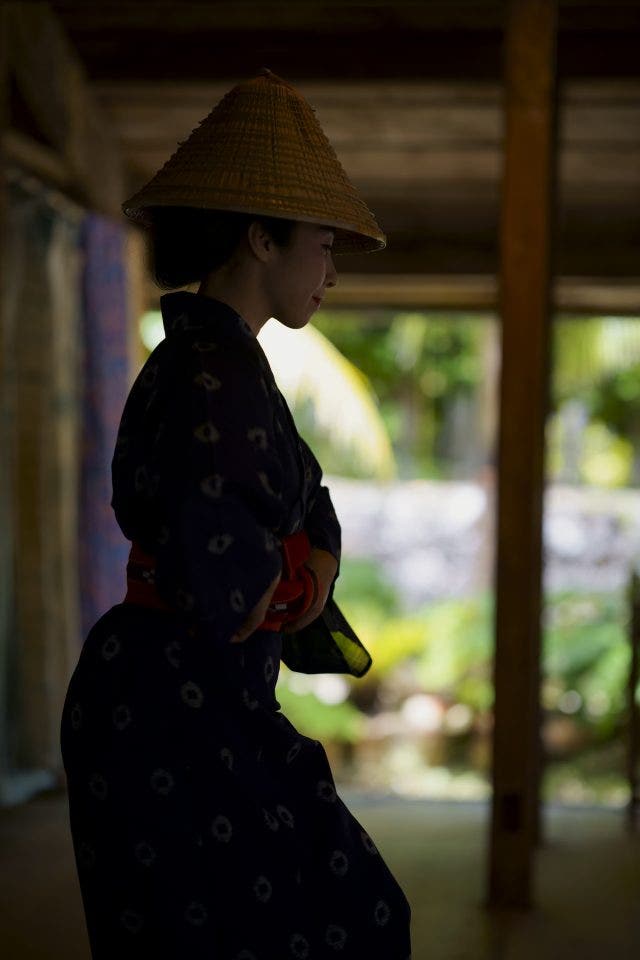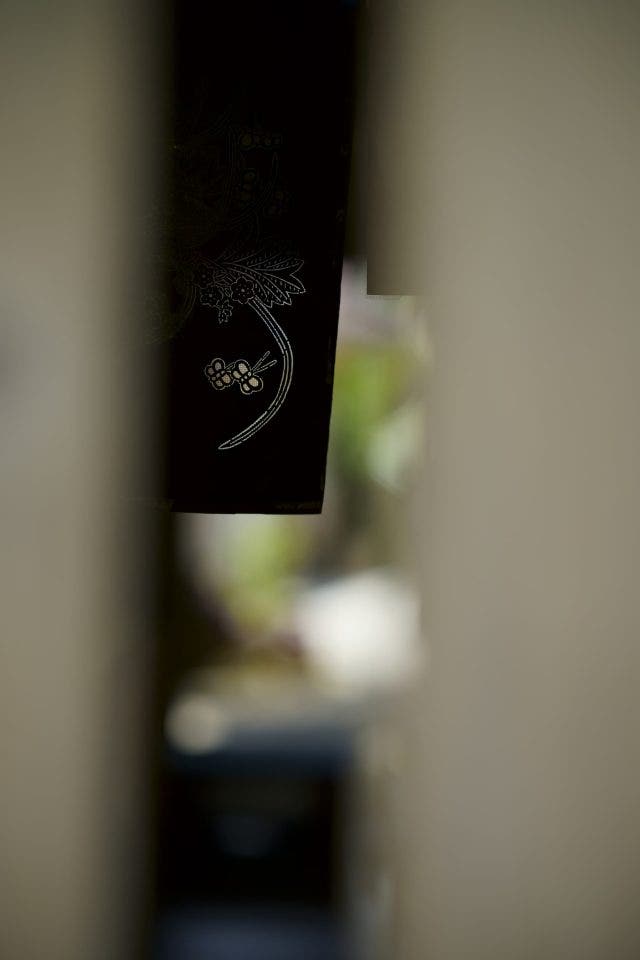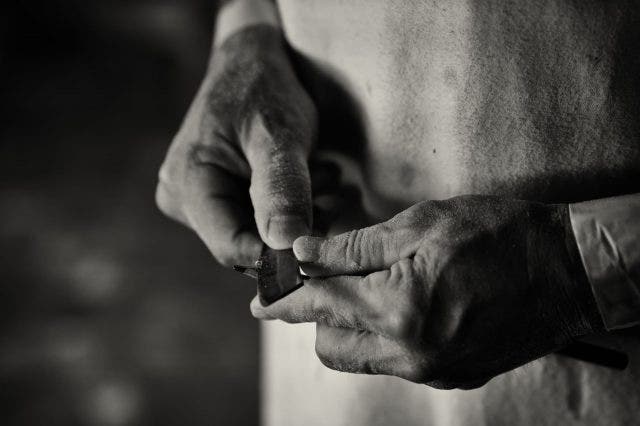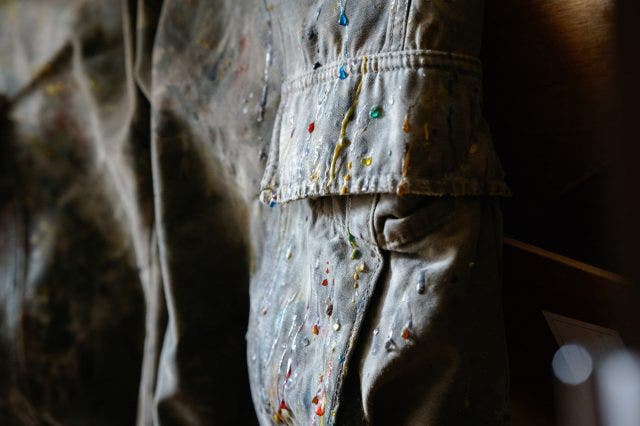AWARDS
|
EISA |
2021-2022 |
|
TIPA |
2021 |
| Angle of view | Telephoto | |
|---|---|---|
| Camera Type | Mirrorless | |
| Lens Mount | L-Mount, Sony E-mount | |
| Sensor Size | Full Frame | |
| Construction | 15 Elements in 11 Groups | |
| Angle of view | 28.6º | |
| Number of diaphragm blades | 11 (rounded diaphragm) | |
| Minimum aperture | F16 | |
| Minimum focusing distance | 85 cm | |
| Maximum magnification ratio | 1:8.4 | |
| Filter diameter | 77 cm | |
| Dimensions (diameter x length) | L-Mount ⌀ 82.8 mm x 94.1 mm |
|
| Weight (g) | L-Mount 630 g |
|
| Edition number | A020 | |
| Supplied Accessories | Lens Hood LH828-02, Front Cap LCF-77mm III, Rear cap LCR II, Case LS-340L | |
| Accessories | WR Ceramic Protektor Filter 77mm, WR Protector Filter 77mm, C-PL Filter 77mm, USB-dock UD-11 (L-mount only) | |
| EAN-code | L-Mount 085126322694 |
|
| Specifications Info | * All figures calculated by L-Mount. Note: The L-Mount Trademark is a registered Trademark of Leica Camera AG. About Product Name: Product name includes "DG" when the lens is designed to deliver the ultimate in performance on cameras with full-frame sensors, and "DN" when the lens design is optimized for mirrorless cameras with the short flange focal length. | |
The record-high performance worthyof the name of 85mm F1.4 | Art
85mm F1.4 is a specification almost synonymous with a portrait lens. With the Art line lenses, Sigma pursues the highest optical performance possible and has devoted the latest optical design technologies, as well as the production technologies of the Aizu factory, Sigma’s only production site, to the development of these lenses. The result is a detailed image critical for portrait photography that is achieved at a level that will satisfy both professional and advanced amateur photographers.
In addition to five SLD (Special Low Dispersion) elements and one aspherical lens, the 85mm F1.4 DG DN | Art has incorporated the latest high refractive index glass, which works to thoroughly correct aberrations that cannot be handled by the correction functionality on the camera side. With a particular emphasis given to the correction of axial chromatic aberration, users will enjoy sharp images with no color bleeding, all the way up to the maximum aperture of F1.4.
The high resolving power that covers the entire image from the center to the edges ensures sharpness of the area in focus, and coupled with the significant bokeh effect produced by the F-value of 1.4 brings out the users’ subject in an evocative way.
The numerous rounds of ray-trace simulation, as well as repeated real-world testing, have given the 85mm F1.4 DG DN | Art its ability to minimize ghosting, ensuring clear, sharp images even when shooting in backlit conditions.
With the ability to shoot from the maximum aperture of F1.4 without worrying about image quality, users can focus on the camera operations to realize their artistic expressions, such as the adjustment of exposure and depth of field. This new lens indeed delivers a level of optical performance truly worthy of the name of 85mm F1.4 Art.


Lightweight & compact - A new perception of F1.4
The 85mm F1.4 DG DN | Art weighs 630g/ 22.2oz., with a filter size of 77mm and a body length of 94.1mm/ 3.7in.*. Designed exclusively for mirrorless cameras, it has a “large lens diameter and superb optical performance” and “a lightweight and compact body,” a combination which has long been difficult to achieve.
The AF motor system employs a stepping motor which is optimized for both phase detection AF and contrast AF. Not only does this provide a smooth shooting experience only possible with a mirrorless camera, such as face/eye detection AF, but it has also made the lens body itself much smaller, as the focus lens has been made small to better suit a stepping motor. Furthermore, by making the most of the in-camera aberration correction functionalities, Sigma was able to concentrate on the correction of aberration that could be handled by the optical system alone, which further contributed to making the lens smaller in size.
With such a lightweight and small body, users can now take out a large-diameter 85mm F1.4 lens for an everyday use such as taking snapshots. The 85mm F1.4 DG DN | Art invites users to enjoy photography in an unconventional way.
* For L-mount.
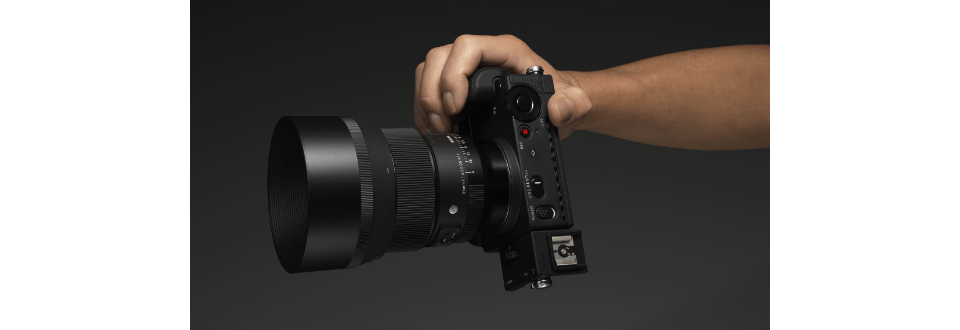

A full range of functionalities and an excellent build quality
This compact lens is packed with a range of functionalities that will satisfy both professional and advanced amateur photographers. The 85mm F1.4 DG DN | Art has newly introduced an 1 “Iris ring lock switch .*1” This prevents from unintended movement of the iris ring during shooting, allowing users to devote their attention to the creation of their image. The Iris ring is mounted with a de-click function for removing clicks by the 2 Iris Ring Click Switch, enabling seamless operations that are especially useful such as during video shooting. Furthermore, the 3 “Focus Mode Switch ” on the lens body and the 4 “AFL button *2” that allows various functions to be assigned from a camera body will also assist users’ shooting.
In addition to the 5 dust and splash resistant structure *3, along with a water- and oil-repellent coating, the lens uses materials such as aluminum and TSC (Thermally Stable Composite) where they are best suited, achieving a level of build quality that is worthy of the Art line. In addition to the durability of the body, the lens pursues quality in terms of how users “feel” as well, such as the smooth motion in which each ring or switch works, and the precise hand feeling. The 85mm F1.4 DG DN | Art helps ensure users a smooth shooting experience in every condition.
*1 When turned ON at the position A, the iris ring is locked at A. When turned ON at a position other than A, it is locked within the range between the maximum to minimum apertures and will not engage at the position A.
*2 Limited to compatible cameras. Also, the functions depend on the camera.
*3 Although this construction allows the lens to be used in light rain, it is not the same as being waterproof.
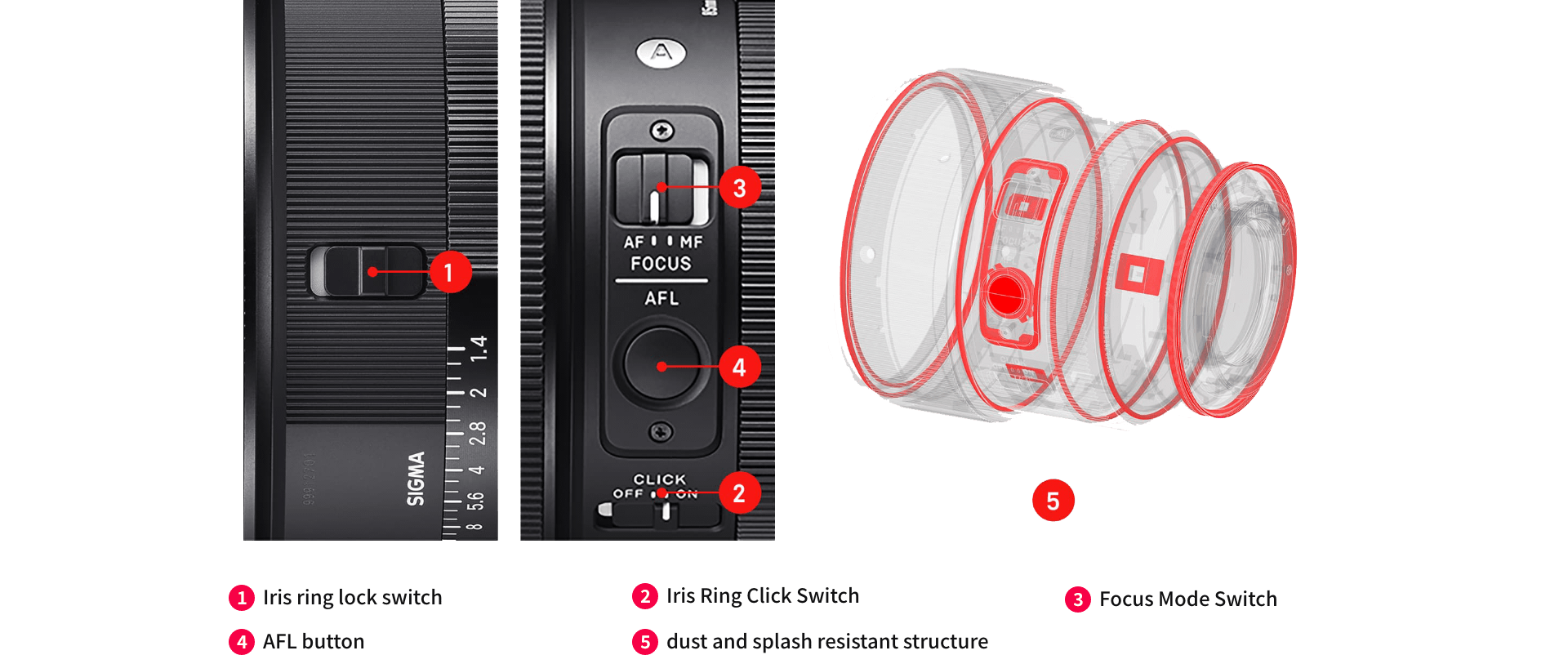

Compatible with Lens Aberration Correction
Matching the optical characteristics of the lens, this function performs in-camera corrections of peripheral illumination, chromatic aberrations, distortion, and more, to further enhance image quality.
*Function available on supported cameras only. Available corrections or auto correction functionality may vary depending on the camera model.
*On cameras where lens aberration correction is controlled with ‘ON’ or ‘OFF’ in the camera menu, please set all aberration correction functions to ‘ON’(AUTO).
Hood with lock
Features a hood with lock to prevent dropping the hood.


Designed to minimize flare and ghosting
From an early stage in the lens design process, flare and ghosting have been measured to establish an optical design resistant to strong incident light sources such as backlighting. Sigma’s Super Multi-Layer Coating reduces flare and ghosting to help photographers produce sharp and high contrast images even in back light conditions.
High-precision, rugged brass bayonet mount
The brass mount combines high precision with rugged construction. Its treated surfaces and enhanced strength contribute to the exceptional durability of the lens.
Rounded diaphragm(11-blade)
The 11-blade rounded diaphragm creates an attractive blur in the out-of-focus areas of the image.
LENS CONSTRUCTION
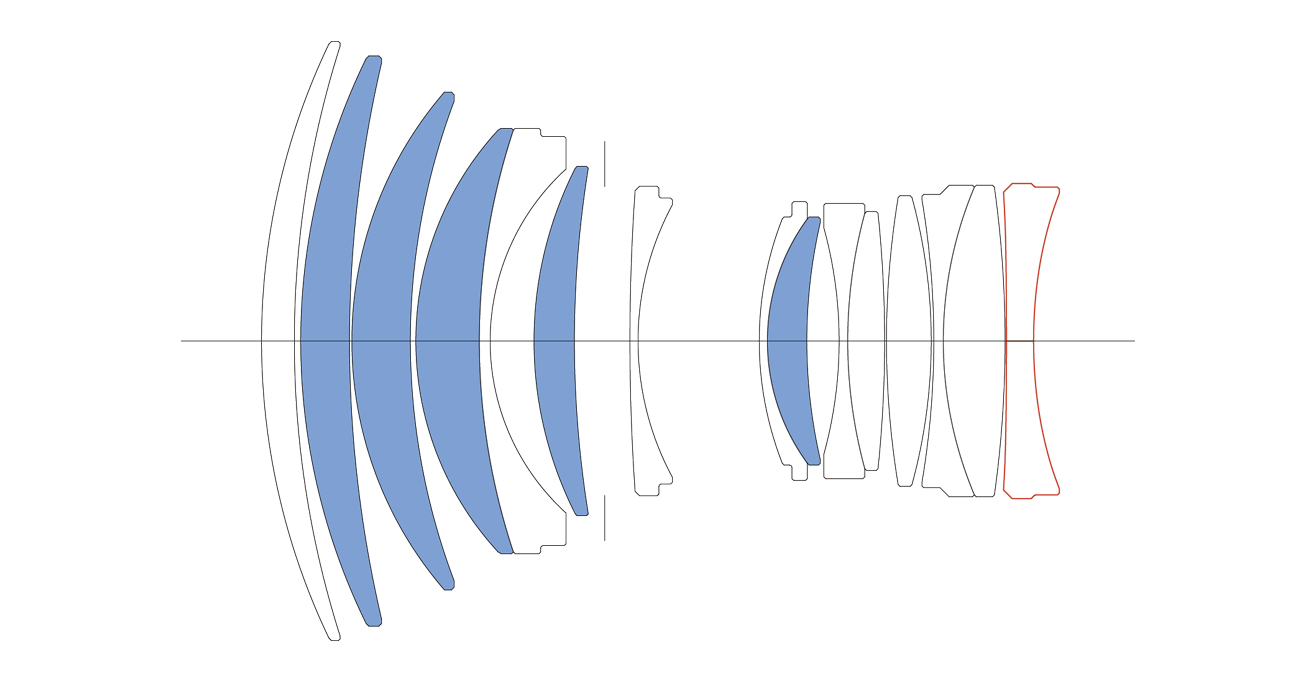

|
|
|
|
MTF CHART
The MTF (Modulation Transfer Function) is one of the measurements for evaluating a lens’ performance, and it shows how faithfully the contrast of the subject can be reproduced on the image plane. The horizontal axis shows the image height (distance from the center of the image in mm) and the vertical axis shows the contrast value (maximum value is 1).
The closer the 10 line pairs/mm curve is to 1, the higher the contrast and clarity of the lens is, and similarly, the closer the 30 line pairs/mm curve is to 1, the better the resolution and sharpness of the lens is.
*The MTF chart depicts the result at the wide-open aperture.
*For mirrorless lenses that support distortion correction, the horizontal axis shows the image height equivalent to when an L-Mount lens is attached to a Sigma L-Mount camera with distortion correction applied. (The effect of distortion correction may differ depending on the mount and camera used.)
*The spatial frequency indicates the variation on the image plane before distortion correction is performed.
|
Spatial frequency |
S:Sagittal Line |
M: Meridional Line |
|
10lp/mm |
|
|
|
30lp/mm |
|
|
DIFFRACTION MTF
DIFFRACTION MTF
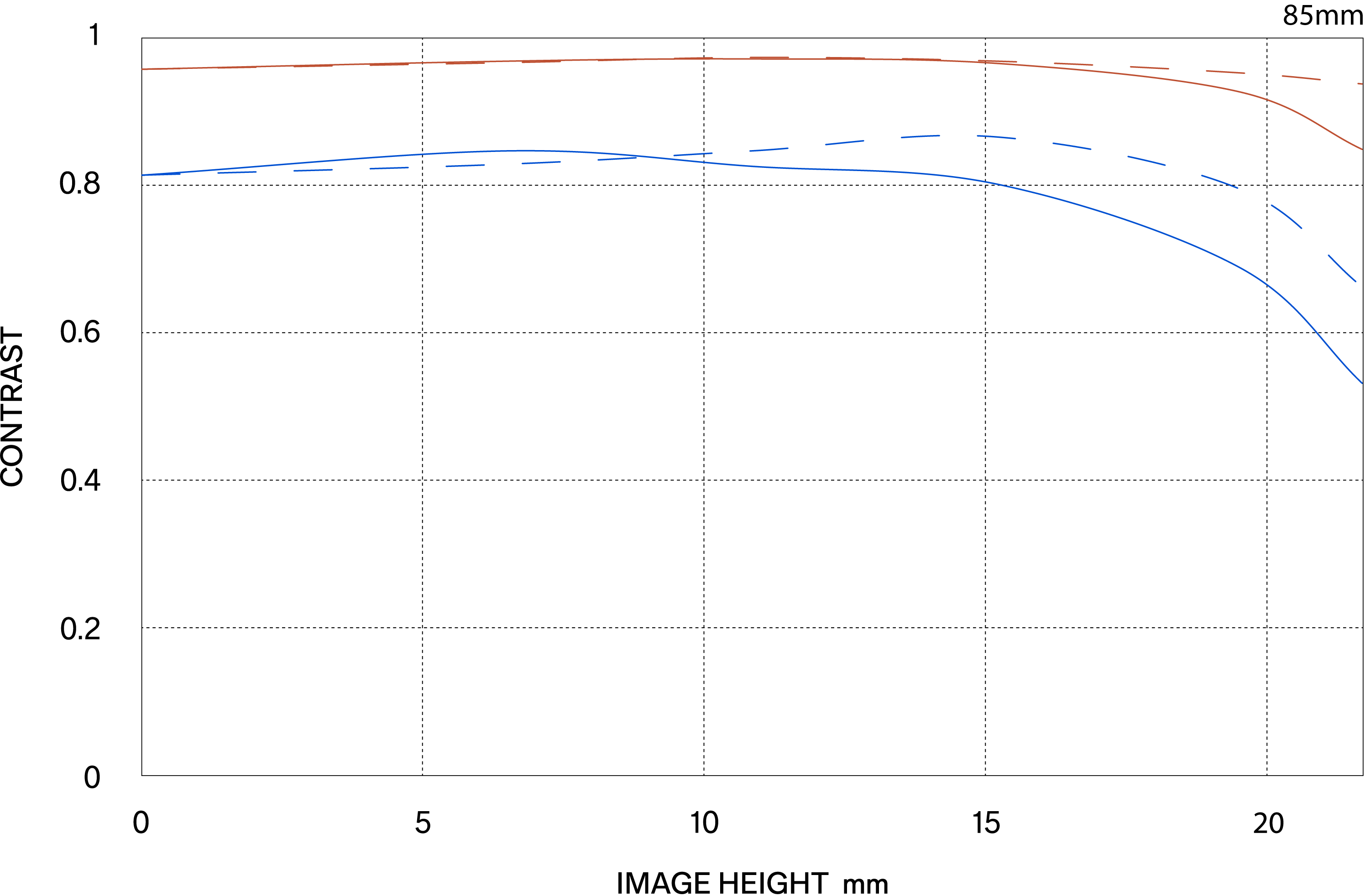

GEOMETRICAL MTF
GEOMETRICAL MTF
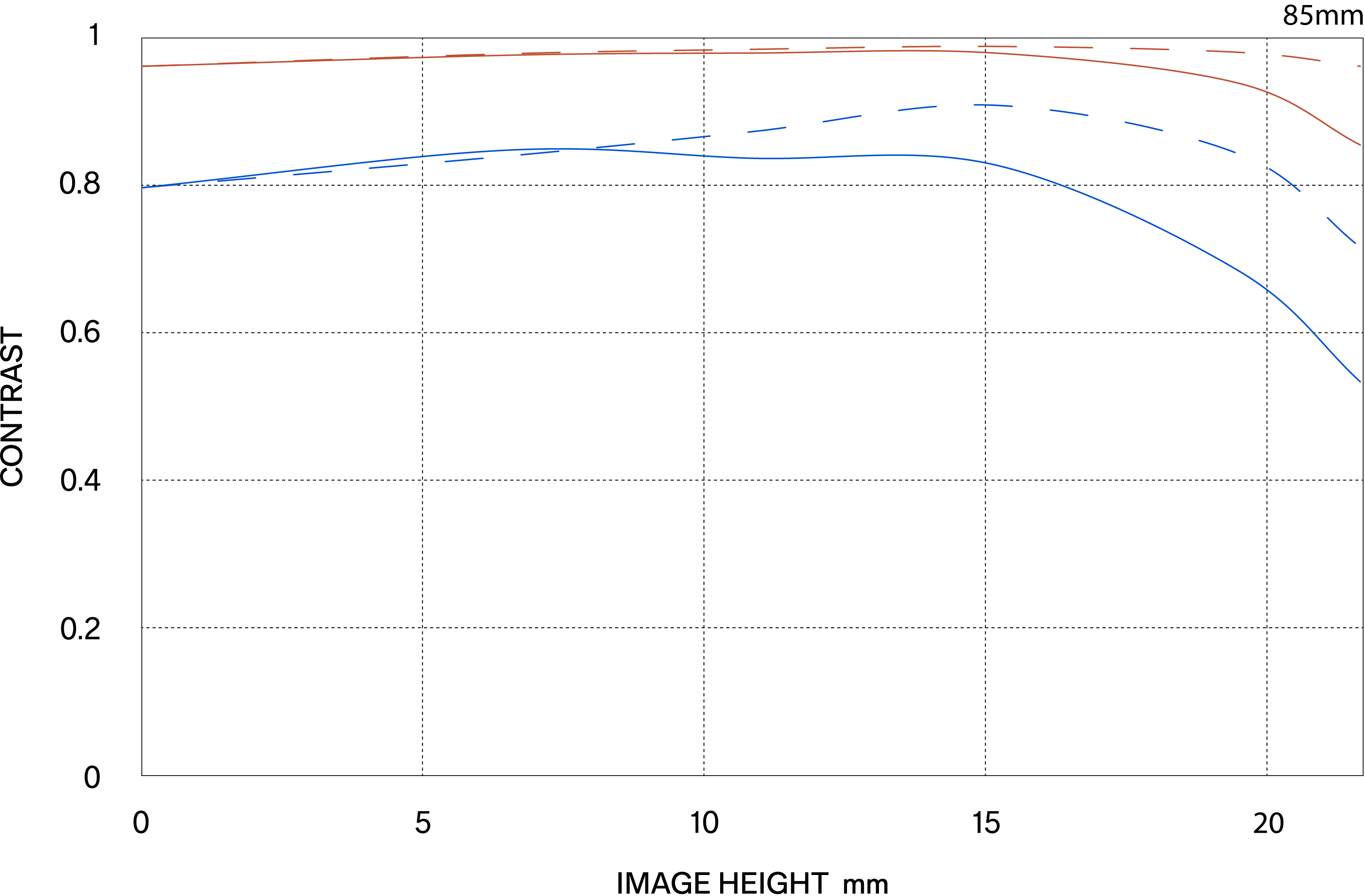

Dust and Splash Resistant Structure
This lens features a highly effective dust and splash resistant structure with special sealing at the mount connection, manual focus ring, zoom ring, and cover connection.
*Although this construction allows the lens to be used in light rain, it is not the same as being waterproof, so please prevent large amounts of water from splashing on the lens. It is often impractical to repair the internal mechanism, lens elements and electric components if they are damaged by water.
High-precision, rugged brass bayonet mount
The brass mount combines high precision with rugged construction. Its treated surfaces and enhanced strength contribute to the exceptional durability of the lens.
Water and oil repellent coating
Incorporates a water and oil-repellent coating that allows water to be wiped away easily and prevents oil and fat from sticking to the surface, even in challenging shooting conditions. At the same time, the maintenance of the lens surface becomes easier.
AFL button
the AFL button can be assigned with various functions widens the range of operations available on the lens.
Aperture ring lock switch
A ring lock system to prevent from unintended movement of the aperture ring during shooting.
Aperture ring click switch
Mounted with a de-click function for removing clicks by the aperture ring click switch, enabling seamless operations that are especially useful such as during video shooting.
Aperture ring
Aperture ring, designed to help users work intuitively
Rounded diaphragm
The polygonal shape of a conventional iris dia phragm causes out-of-focus light points to appear polygonal. A rounded diaphragm is designed to pro duce rounded out-of-focus light points when opened to near maximum aperture. This creates attractive bokeh effects in many situations, such as when pho tographing a subject against an out-of-focus surface of water from which light is being reflected.
Exclusive low-dispersion glass
The degree to which light is refracted by glass depends on the light's wavelength. This fact causes different colors of light to focus at slightly different points. The result is chromatic aberration, the color fringing that is particularly noticeable in telephoto lenses. Most chromatic aberration can be removed by combining a high-refractivity convex lens element with a low-refractivity concave element. Yet residual chromatic aberration known as "secondary spectrum" may still remain. To minimize this secondary spectrum, which can be a serious issue with conventional lenses, SIGMA lenses feature up to three types of exclusive low-dispersion glass offering superior performance: ELD (Extraordinary Low Dispersion), SLD (Special Low Dispersion) and FLD ("F" Low Dispersion). In particular, FLD glass offers ultra-low dispersion in combination with high transmittance and the anomalous dispersion characteristics of fluorite. Meticulous deployment of these types of exclusive low-dispersion glass and optimization of power distribution gives SIGMA lenses superlative image rendition undiminished by residual chromatic aberration.

